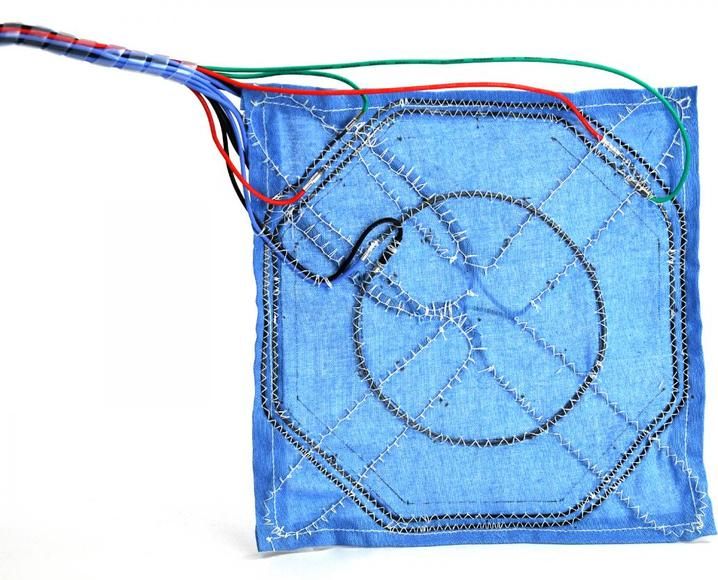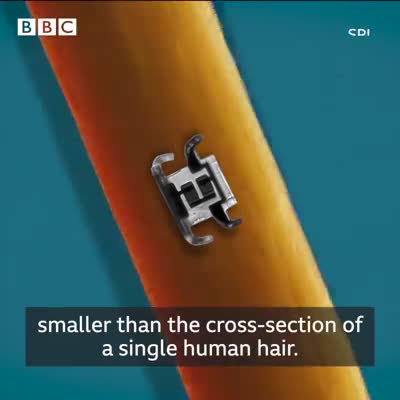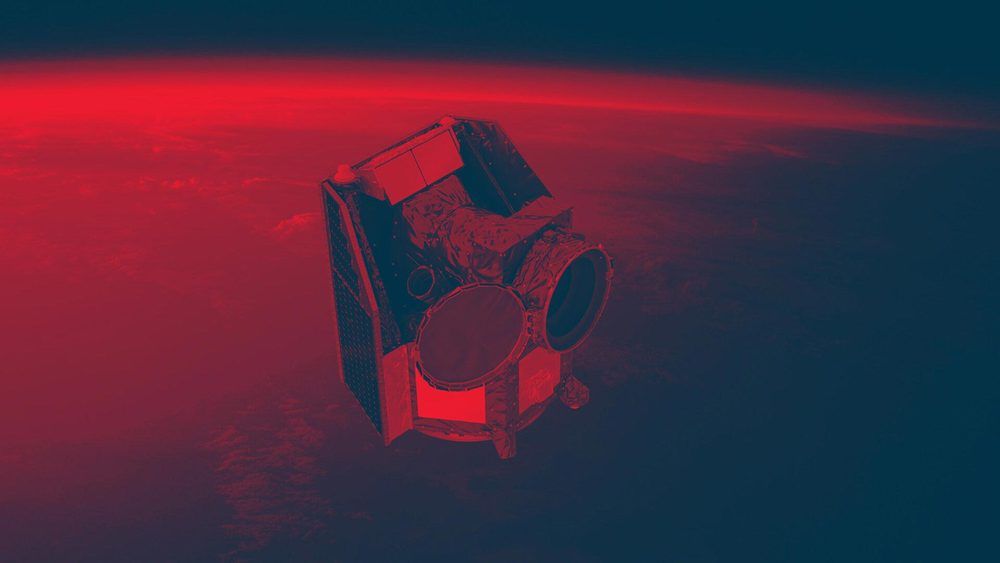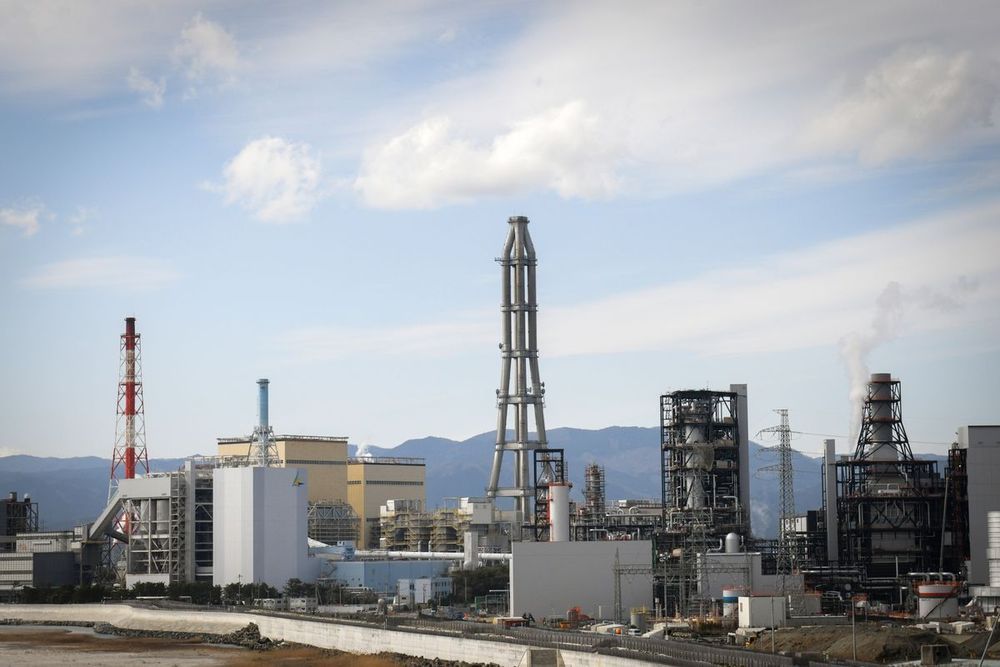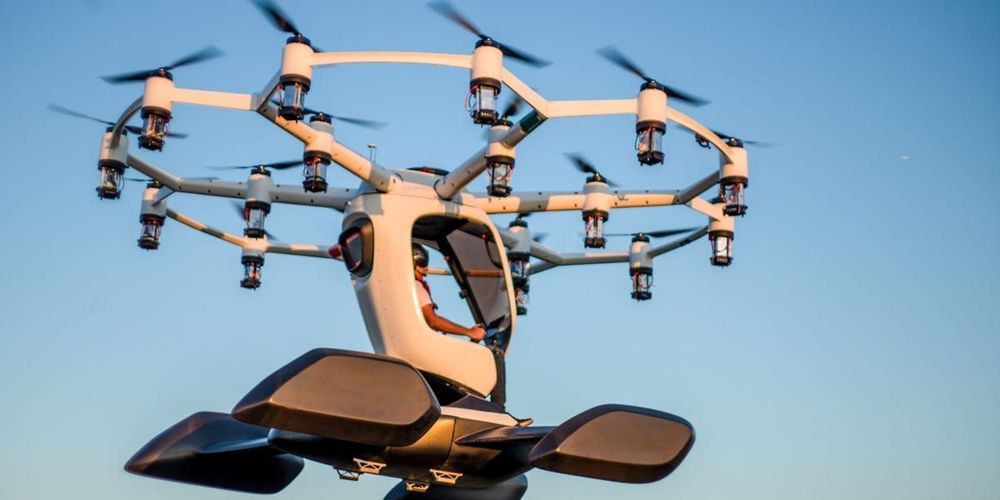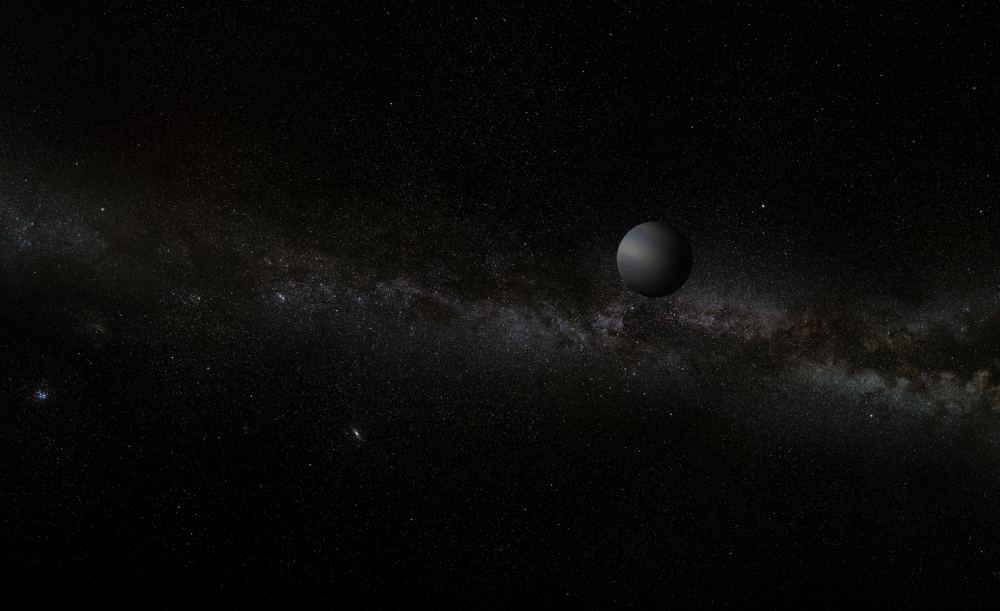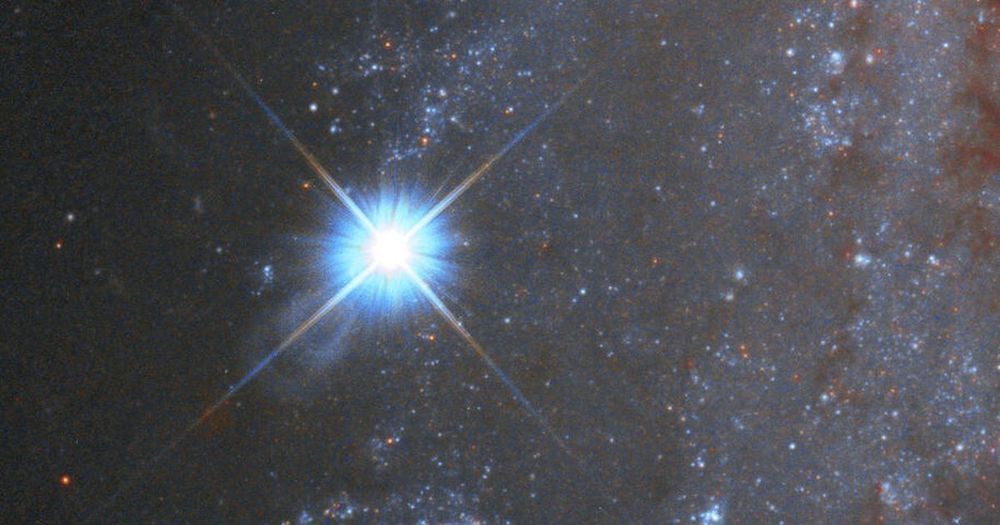In a new study, researchers describe a ‘smart’ fabric that can react to environmental cues and fold itself.
This robot is smaller than the width of a hair 🤯 And scientists hope it will be used to hunt down and destroy cancer cells.
ESA’s new exoplanet mission, Cheops, has found a nearby planetary system to contain one of the hottest and most extreme extra-solar planets known to date: WASP-189 b. The finding, the very first from the mission, demonstrates Cheops’ unique ability to shed light on the Universe around us by revealing the secrets of these alien worlds.
Launched in December 2019, Cheops (the Characterising Exoplanet Satellite) is designed to observe nearby stars known to host planets. By ultra-precisely measuring changes in the levels of light coming from these systems as the planets orbit their stars, Cheops can initially characterize these planets — and, in turn, increase our understanding of how they form and evolve.
The new finding concerns a so-called ‘ultra-hot Jupiter ’ named WASP-189 b. Hot Jupiters, as the name suggests, are giant gas planets a bit like Jupiter in our own Solar System; however, they orbit far, far closer to their host star, and so are heated to extreme temperatures.
Might as well make it a movie!
This is the first time ever in my life that I felt frightened while writing a story on Medium. Then, I proofread it and I started sweating all of sudden. Find out for yourself and let me know how you feel! Anyway, recently, I wrote how Elon Musk’s Starlink could potentially take over the whole telecommunications industry, how it can eventually change the digital landscape, and how it can connect our blueprint to the universe. Today, I’m writing how Starlink, along with the right planning, execution, and zero technological compromises, can create not just a new technology, but a whole new way of living.
Imagine wandering the Sahara desert on a weekend trip and suddenly, you feel the urge to capture the moment. So, you pick up your iPhone and take a panoramic picture. Then, imagine sharing that same picture to your friends, to your family, right in that exact moment. Your family decides to FaceTime you and you talk to them for an entire hour while blindly walking around the Sahara desert, drenching in sweat. That’s what it’s like to be Starlink connected. There are no limits to what Starlink can do. Online, wherever you go.
Starlink isn’t just a widespread broadband internet communications system, Starlink is a whole new way of living. It’s a real-world reinvention.
The world’s first shipment of blue ammonia is on its way from Saudi Arabia to Japan, where it will be used in power stations to produce electricity without carbon emissions.
Saudi Aramco, which made the announcement Sunday, produced the fuel, which it does by converting hydrocarbons into hydrogen and then ammonia, and capturing the carbon dioxide byproduct. Japan will receive 40 tons of blue ammonia in the first shipment, Aramco said.
Austin startup Lift Aircraft calls Hexa, its electric vertical takeoff and landing (eVTOL) aircraft the future of personal flight. So far, it’s been compared to a drone and a flying car.
Hexa is essentially a recreational vehicle for the air, able to fly in 15-minute intervals at low altitudes. Lift plans to market them to millennials with disposable income and anyone chasing adrenaline, because a pilot’s license isn’t required. The COVID-19 pandemic delayed plans, but Lift still says it will be touring locations across the US where anyone meeting height, weight, and age requirements can pay to fly. As of November 2019, Lift says it had more than 15,000 flights on a waitlist to ride Hexa.
The company is also selling a small number of Hexas to buyers who will then rent them out. They cost $495,000, and only five are still available.
There may be more rogue planets drifting through space in the Milky Way than there are actual stars. This is how they found one of them.
If a solar system is a family, then some planets leave home early. Whether they want to or not. Once they’ve left the gravitational embrace of their family, they’re pretty much destined to drift through interstellar space forever, unbound to any star.
Astronomers like to call these drifters “rogue planets,” and they’re getting better at finding them. A team of astronomers have found one of these drifting rogues that’s about the same mass as Mars or Earth.
Finding something in deep space that emits no light of its own is extremely challenging. But two organizations are doing just that. They’re the OGLE (Optical Gravitational Lensing Experiment) collaboration and the KMTN (Korean Microlensing Telescope Network) collaboration.
NASA and ESA watched the remnants of a star go from the radiance of 5 billion suns to almost nothing over the course of a year.
Here at OVO we’re always keeping our eye out for the latest cutting-edge tech that might benefit the environment. That’s why we’re incredibly excited about the news that Julian Melchiorri, a design student at the Royal College of Art, has created the first man-made, biologically functional leaf. Christened ‘The Silk Leaf’, it’s the ultimate in ‘green’ technology in more ways than one.
The leaf contains chloroplasts taken from real plant cells, which are suspended in a silk protein material. When this comes into contact with carbon dioxide, water and light, it converts it into oxygen, just like a real plant.
The advantages are obvious. Melchiorri quite rightly suggests that his invention could have huge implications for space travel, providing a renewable supply of oxygen to astronauts and allowing them to undertake longer journeys than previously possible.
